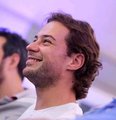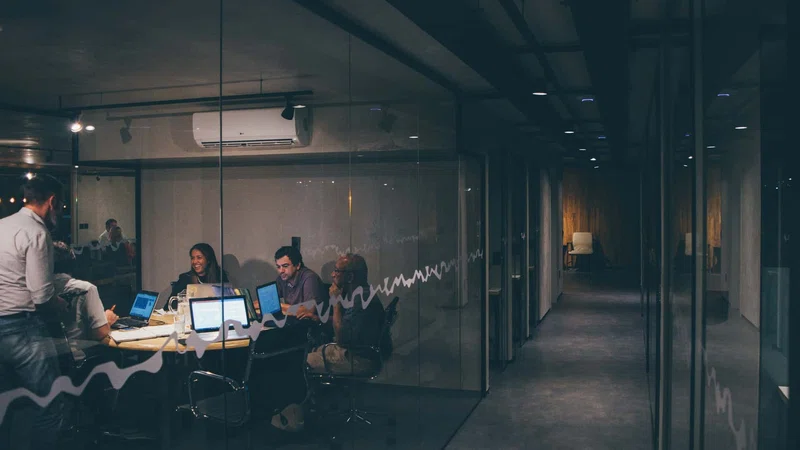London (UK). TrueLayer, Europe’s leading open banking platform, has reinforced its reputation as an industry innovator by making the industry’s first Open Banking variable recurring payment (VRP) transactions with NatWest.
NatWest is leading the UK banking industry, having built and delivered its VRP API ahead of schedule, enabling TrueLayer to collaborate with them. The transactions, in a live environment rather than a sandbox, have shown that VRP works as intended before their introduction in 2022.
VRPs are an additional Open Banking API that the nine largest UK banks have been instructed to build by the Competition and Markets Authority (CMA) for sweeping. They support third party providers (TPPs) like TrueLayer to initiate a series of payments for a customer of variable amounts and at variable intervals , enabling the more efficient transfer of money.
This is a change to the current Open Banking status quo where TPPs can only initiate single immediate payments and customers have to authenticate each payment separately. The new requirement from the CMA means TPPs can provide recurring payments for any customer that banks with one of the nine biggest UK banks.
Daniel Globerson, Head of Bank of APIs at NatWest Group commented: “VRP is ground-breaking innovation that has huge potential to benefit consumers and businesses. It demonstrates the value of industry collaboration, which is crucial if Open Banking is going to evolve into Open Finance.”
Matt Parish, Product Lead for VRP at TrueLayer, added: “VRPs have been discussed for years as a missing part of Open Banking - now we need to test these APIs to be thoroughly prepared and ensure they deliver on their promise for consumers. It’s refreshing to see an innovator like NatWest grasp their importance so early on and embrace VRP. We’re proud to have collaborated with them on this important industry milestone. There is so much potential that can be unlocked with VRP that it would be hugely beneficial for non-CMA9 banks who see the value of building these APIs for their customers, to do so in similar timelines to the CMA9. We view it as just the beginning of an Open Banking revolution.”











